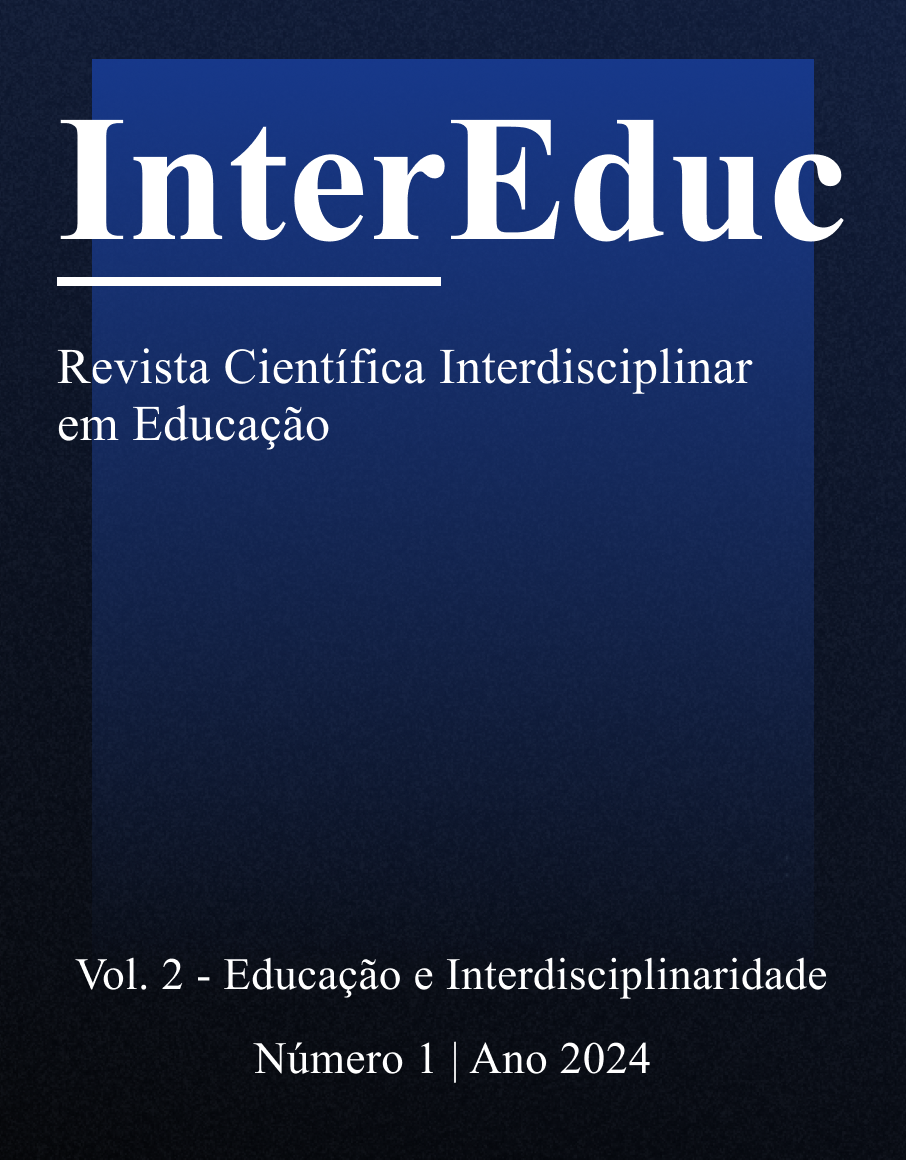A Ressignificação da imagem e cultura do negro na literatura infantojuvenil
Abstract
Children's literature is a recent type aimed at young audiences. Literature
conveys values present in society and helps in the formation of concepts. With the
implementation of the Law of Guidelines and Bases that makes the Teaching of AfroBrazilian and African History and Culture mandatory to be carried out by public
education establishments in Brazil. It has become essential to discuss the image and
identity that black people have assumed in recent decades in the textbooks used in
public schools in our country. Given these reasons, this scientific work will analyze four
genuinely national works, which deal with the ethnic-racial issue in different ways. In
“Stories of Tia Nastácia” Lobato treats Popular culture with disdain to the detriment of
“elite” culture. Through his characters, the lack of culture of Aunt Nastácia and her
people is emphasized. Ziraldo in his work The Brown Boy is completely unaware of
ethnic-racial relations in our country, mystifying these relations through the myth of
racial democracy. In the third and fourth chapters I will analyze two pioneering works
in Brazil: The Color of Tenderness and The Color of Prejudice bring ethnic-racial
relations to the heart of the discussions, highlighting the prejudice suffered by their
characters in a realistic way and with a keen sensitivity that it touches deeply on issues
that our society has long tried to camouflage, racial and gender discrimination is
highlighted. What I sought with so many questions is to show how the same problem
takes different points of view, I was able to see that we must take into account the
position of the author who writes what. Show that the role of the educator is essential in
the fight against racial prejudice and that the education professional has the obligation
to know his audience and the teaching and para-teaching material that he will provide to
his students.










